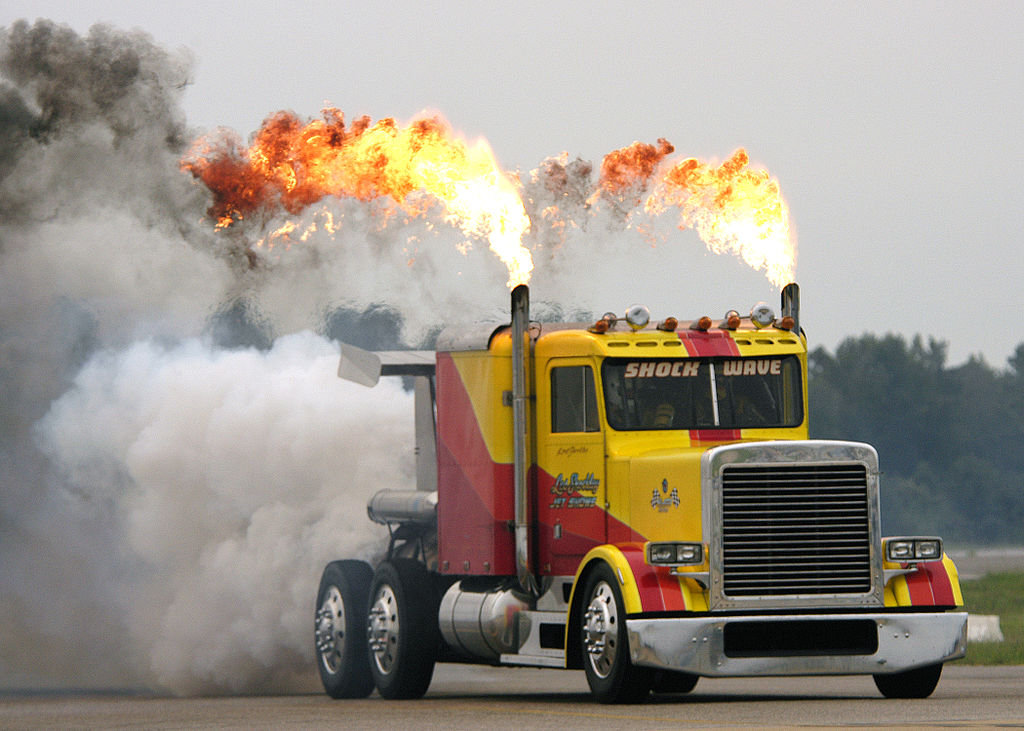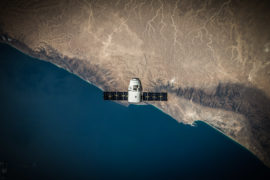Trucks make up just 4.3% of vehicles on the road, yet they account for over 60% of total pollution and produce one hundred and fifty times the amount of regular cars. Whilst it should be expected, considering trucks’ much larger size than cars and compounded with the fact they travel far further with heavier cargo, this number still comes as a shock.
Goods shipping is responsible for 9% of all greenhouse emissions in the US, and globally freight moves account for nearly 2 trillion tons of climate pollution per year. This pollution can be responsible for respiratory diseases such as emphysema and bronchitis, and more.
To combat this, there are number of solutions that have been developed to halt this worrying pollution trend. Here are four alternatives trying to find effective and greener methods to ensure that the issue no longer continues to escalate.
Redesign
Truck manufacturers such as Navistar, Daimler, and Paccar, are looking into ways to reduce the amount of emissions from their vehicles by totally changing the way they are put together. These companies are thinking of everything from engine design to the shape of the trailer in a bid to make the big rigs more fuel efficient, something had has barely seen an improvement since the 1920s.
In the past ten years, the number of miles per gallon has remained around 6.4 for the average heavy-duty truck. By altering the shape of trailers, it can improve the aerodynamics of the vehicle which provides less air resistance and from there, improves fuel efficiency.
Another solution is downspeeding, where the engine is designed to provide more torque with fewer revolutions per minute. This method has been estimated to supply a 4% increase in fuel efficiency for vehicles that have adopted it.
Railway
In China, the pollution problem has escalated to such an extent that the Ministry of Environmental Protection has outlined rules for companies in Beijing to half the amount of trucks on the road during winter.
The solution to this is the implementation of the railway system to transport goods and equipment to the destination. Some provinces in the country have already adopted this method and are taking a harder stance than in Beijing, Hebei and central Henan have ruled that as much as 90% of products must be delivered by train from now on. Currently, the amount is between 50 and 60%.
China’s air pollution is twice the amount that is considered harmful to human health. Citizens are often seen walking around wearing dust masks as a way to avoid possible airborne infections.
Disrupt
Silicon Valley-based startup Doft have been called the Uber of trucking for good reason and it is the freight company’s business model that could help solve a lot of the issues with regards to pollution caused by the trucking industry. The app works by identifying nearby truckers and inputting load details for them to collect and ship.
It has been reported that between 15 and 25% of miles driven are with empty trailers, these are referred to as deadhead miles and, even when these trailers are not empty, 35% of the time there is still unoccupied space in the trailers. Doft’s method goes a long way of solving this and means fewer trucks on the road, lower fuel emissions, and healthier air.
Natural
Another solution is the replacement of diesel with compressed natural gas (CNG), which generates fewer greenhouse gasses when compared with a traditional diesel exhaust and many companies have already adopted this alternative, such as FedEx, UPS, and Coca-Cola.
Initially, a lot of this was to do with the fact that CNG cost much less than diesel, which at the time (around 2014) was $2 a gallon compared with the $4 a gallon for diesel. However, this difference has since shrunk, CNG has remained around the same price, but diesel has dropped to a much closer $2.50 per gallon.
That being said, it can be hard to put a price on the environment, and with a cheaper solution readily available and pressure being put on solving air quality issues, there has been a growth of natural gas stations appearing across the US. Whilst there are still areas that are void of such stations, the Federal Government has issued a plan to install a sufficient amount by 2019, in order to avoid any of these CNG trucks running out of fuel and being left stranded.
These are just some of the ways that companies are striving to reduce the air pollution problem worldwide. It won’t solve the issue overnight, but with more businesses looking for ways help, it can only bring on a trend of more people accepting the issue and taking a cleaner earth seriously.











